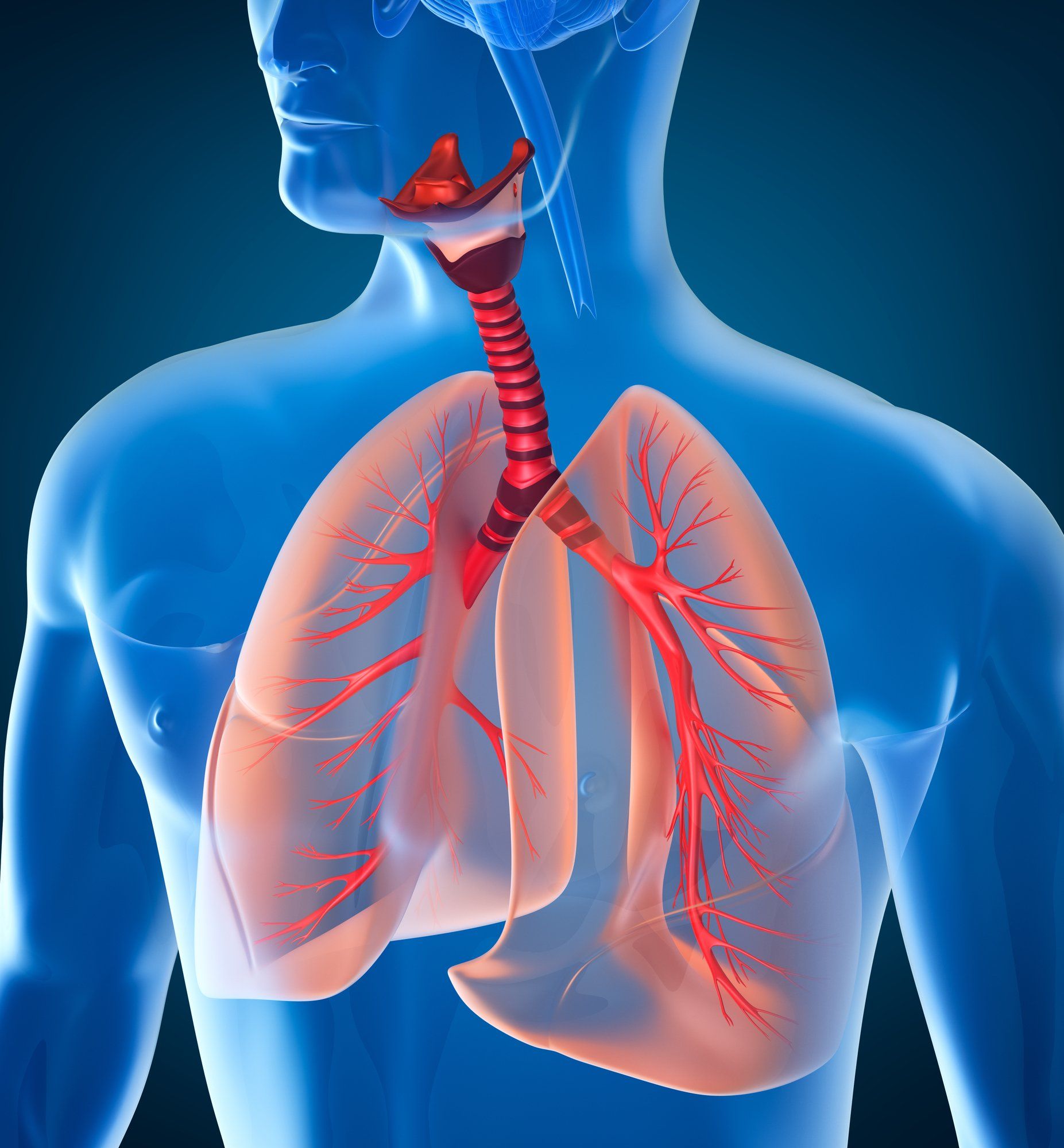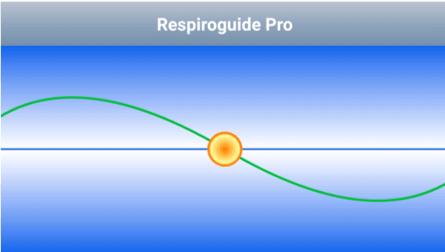Hartcoherentie
Continued Introduction Heart Coherence
The United States of America-based Heartmath Institute has been researching the heart and its influence on human physiology and well-being for decades, including heart rate specifically.
We have had a good understanding of brain frequency for years, but research into heart frequency is still in its early stages. We already know that the heart frequency is many times higher than the brain frequency and also that the information supply does not go so much from the brain to the heart but the other way around.
“Our heart is therefore the conductor of the autonomic nervous system that regulates all subconscious processes in our body. If the variations in our heart rhythm are very regular, the heart signals the brainstem to produce hormones that make us feel good and relaxed.”
In other words, the heart communicates the person's 'status' to the brain, after which the 'status' in the brain is translated into a value judgment based perception. This perception that leads to thoughts and ultimately behavior.
Safety is extremely important for all kinds of processes in the body. It has now also been shown that every change a person wants to make must first of all go through the heart and be 'approved' there – a good feeling about the situation.
This in itself is quite understandable, because when the heart is 'okay' with the change, security is created with regard to the change. 'Acceptance' arises on a cellular level and this makes the person (much more) accessible and at the same time receptive to the change.
Under stress, heart rhythm variations are very erratic. The heart gives the signal to start producing the hormones associated with stress, which make us restless and tense. In this way, stress continues to feed itself endlessly. Moments of rest, on the other hand, support the immune system. This further supports the fastest possible recovery of the client with PTSD.
Breathing is next to the heartbeat the most fundamental activity of our system.
We always breathe, day and night! This shows how closely breathing is literally minute by minute with our quality of life.
If there was something wrong with our breathing, if a bad habit of breathing had developed, then every breath has something of a negative result - day and night. This can ultimately lead to a strong accumulating effect.
“We can easily break this process with a consciously chosen regular and calm breathing. The variations in our heart rhythm then synchronize with breathing and this creates heart coherence. This directs the heart to the brainstem to produce 'soothing hormones'.”
Heart Coherence is inspired by David O'Hare's book Maigrir par la coherence cardiaque and the groundbreaking work of Ukrainian Dr. Konstantin Buteyko. Buteyko has conducted extensive research into the relationship between breathing and health. On this he based a method that has been used by the Soviet government for many years, including in the space program.
Buteyko has discovered a lot and achieved a lot and the beauty of it is that everything can be traced back to a few simple principles.
The two main functions of breathing are: 1) to oxygenate our cells and 2) to remove carbon dioxide (CO2) from our system. We have the feeling that we take in a lot of oxygen when we take a deep breath. It seems that this fulfills our oxygen needs. But this is where the contradiction begins.
“Our breathing reflexes are not controlled by the oxygen content, but by the CO2 content in our blood. The satisfied feeling after breathing actually comes from removing CO2.”
Suppose the oxygen were to disappear from the air, then we would not gasp but we would become sleepy. However, if the CO2 content in the air were to increase sharply, we would gasp for breath, even if the air would still contain more than enough oxygen!
“The level of carbon dioxide (CO2) in our blood controls our breathing - not the level of oxygen (O2) in our blood.”
The CO2 content in our body also determines the delivery of oxygen to our cells. This is an ingenious system known as the 'Bohr effect'. The red blood cells transport the oxygen through our blood through the body and where most oxygen is needed it is released, where no oxygen is needed it is not released.
How does this work? By means of the CO2 content in that place! If the CO2 level is low, no oxygen is released to the cells, if it is high it is! The CO2 content in the air is very low compared to the CO2 content in our system. So with every exhalation we lose CO2.
If we now inhale and exhale too much air, we lose too much CO2, which means that the level in our system can become so low that the blood no longer delivers oxygen to the cells! No matter how hard we breathe, we feel all the symptoms of oxygen deprivation in our system only increasing!
This is what happens in hyperventilation, which literally means we 'breathe in and out too much air'. This can also be measured by a low CO2 level in the blood.
But if the CO2 level determines the breathing reflex, wouldn't we naturally start to breathe less with a low CO2 and everything would be fine again? Yes, that would indeed happen in a properly tuned system in safe mode. And this is where the real problem comes in, our respiratory system is out of order!
Due to the almost permanently activated 'fight or flight physiology' in our society in situations where we do not…
need to fight or flee, our system is set up like this
that it already gives a breathing impulse if the CO2 level is too low. Still, if we really had to fight or flee for our lives it would be a great physical effort
require.
Our entire system prepares for that as soon as that fight or flight mode is activated. This is also the case with PTSD. The body anticipates, among other things, an enormous production of CO2 that has to be removed by starting respiration at a lower point. Because this physiological activation takes place subconsciously and there is no immediate danger, we have learned to live with it and to experience this state as normal.
Which brings us to the following four basic points about healthy breathing:
- You breathe through your nose, in and out, even when you are exerting yourself! Only inhaling requires action, exhaling happens automatically through muscle relaxation. You breathe from your diaphragm (towards your belly, ahw). inhale and exhale a lot of air.
For many of us, this means reprogramming our subconscious breathing instructions. This will take some time, but it is very worthwhile because of the many positive 'side effects' – from day one and that makes it very doable and sustainable! The effect is always immediately noticeable and people find it a very good tool that they like to use. It is a user-friendly tool that clients like to use on a daily basis, even after an integral and holistic PTSD and trauma recovery process.
A handy tool to support this 'healthy breathing' and to break through the 'unhealthy breathing' and thereby achieve heart coherence is the so-called 'Respiroguide Pro' computer application (a computer or mobile phone app).
The simple application guides you in conscious breathing. It starts with a 'zero measurement' and then a conscious breath of six (6) breaths per minute, four (4) seconds in and six (6) seconds out. Over time, it switches to five (5) breaths per minute, four (4) seconds in and eight (8) seconds out.
This process is particularly relaxing and research has shown that the psychobiological effects of cardiac coherence persist for several hours after exercise. People who do the exercise twice a day often benefit from it throughout the day.
If you also use it before going to sleep, there is a very relaxed start to the sleep cycle. This is very important for people with PTSD. This daily exercise therefore not only helps and supports the development of heart coherence, but it is a perfect general support for chronic stress, during and after an integral PTSD recovery process.



